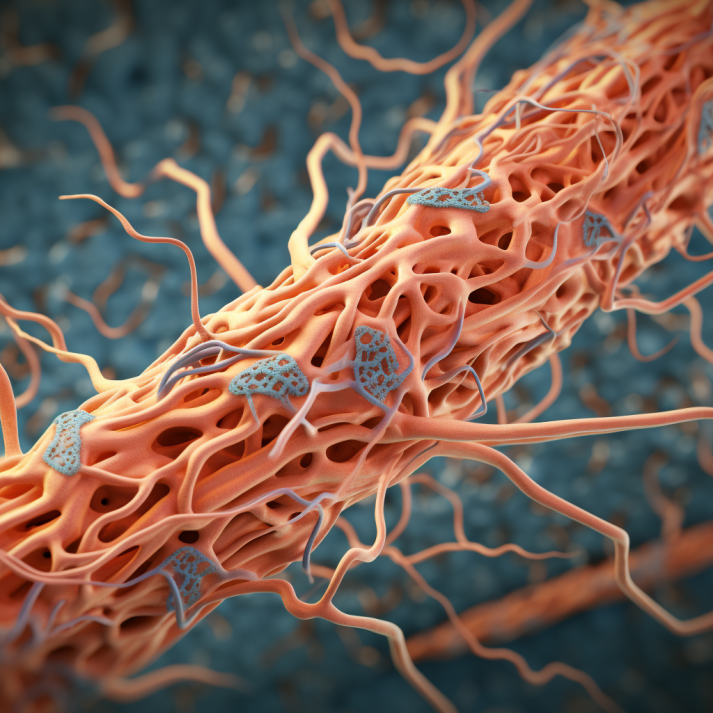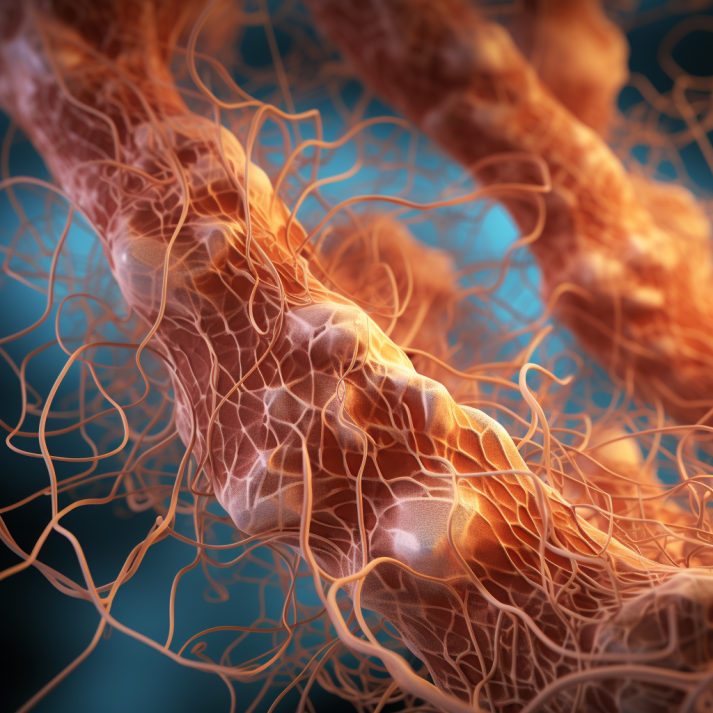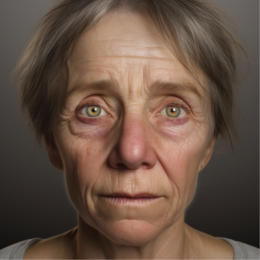What Are the 7 Stages of Vascular Dementia?

The increase in global aging is leading to a rise in dementia cases, especially vascular dementia, the second most common form after Alzheimer’s disease.
Statistics:
- It is a growing public health concern, with statistics revealing that the prevalence of vascular dementia in individuals over 70 years is approximately 3.2% in developed countries (World Health Organization, 2022).
- Furthermore, it’s estimated that about 5.3 million Americans of all ages had Alzheimer’s in 2021 (Alzheimer’s Association, 2022), with up to 20% of these cases attributable to vascular dementia.
These rising numbers make vascular dementia a growing public health concern.
A common question posed is: What are the stages of vascular dementia? This article is dedicated to answering that question and offering a comprehensive overview of vascular dementia.
What Is Vascular Dementia?
Vascular dementia is a general term describing problems with reasoning, planning, judgment, memory, and other cognitive abilities caused by brain damage from impaired blood flow to the brain.
Statistics:
- The Alzheimer’s Association (2023) states that it accounts for about 10% of all dementia cases.
- Interestingly, a 2022 review found a two-fold increase in dementia risk among stroke survivors, underlining the significance of vascular health in dementia development.
Difference Between Common Dementia And Vascular Dementia
While Alzheimer’s disease is characterized by the gradual death of brain cells, vascular dementia is caused by conditions that block or reduce blood flow to the brain, starving brain cells of oxygen and nutrients. The onset of vascular dementia tends to be sudden following a stroke, whereas Alzheimer’s disease typically has a gradual progression.
Types of Vascular Dementia

The two main types of vascular Dementia are Multi-Infarct Dementia (MID) and Binswanger’s Disease (BD).
Statistics:
- MID is caused by a series of small strokes and accounts for around 20-30% of vascular dementia cases, while BD is associated with brain damage due to long-term high blood pressure, accounting for around 5-10% of cases (Alzheimer’s Society, 2023).
What Are the 7 Stages of Vascular Dementia?
Now, onto the focal question: What are the stages of vascular dementia? The seven stages of vascular dementia, as described by the Global Deterioration Scale, are:
- No Cognitive Decline: In this stage, the individual experiences no significant memory problems.
- Very Mild Cognitive Decline: This stage is characterized by slight memory problems, but they are often attributed to normal aging.
- Mild Cognitive Decline: At this stage, memory problems become more noticeable, with increased forgetfulness and minor difficulty with complex tasks.
- Moderate Cognitive Decline: In this stage, clear-cut symptoms of vascular dementia are evident, such as difficulty managing finances or poor short-term memory.
- Moderately Severe Cognitive Decline: At this point, individuals may need assistance with day-to-day tasks. Memory loss is more severe, and disorientation is common.
- Severe Cognitive Decline: This stage is characterized by severe memory loss, personality changes, and the need for extensive assistance with daily activities.
- Very Severe Cognitive Decline: In the final stage, individuals lose the ability to communicate or respond to their environment.
What Causes Vascular Dementia?
The primary cause of vascular dementia is a lack of blood flow to the brain, which may occur due to a stroke or other blood vessel conditions. Research by the British Medical Journal (2023) suggests that vascular risk factors like hypertension, smoking, and diabetes may increase the risk of developing this form of dementia.
Symptoms of Vascular Dementia
Symptoms of vascular Dementia can be sudden or gradual and typically include memory loss, confusion, disorientation, and difficulty concentrating or making decisions.
Statistics:
- In a study published in The Lancet (2023), 47% of patients with vascular dementia experienced at least three of these symptoms.
- In the same study, it was found that 60% of patients had difficulty with planning and organizing, indicating the severe impact on everyday tasks.
How to Treat Vascular Dementia
While there is no cure for vascular dementia, treatments can help manage symptoms and slow down the disease’s progression. These may include medications to manage underlying conditions, such as hypertension, as well as cognitive therapies to improve memory and decision-making skills.
Prevention of Vascular Dementia
According to a 2023 report from the American Heart Association, risk factor management plays a crucial role in the prevention of vascular dementia. This includes control of high blood pressure, diabetes, high cholesterol, heart disease, and quitting smoking.
Conclusion
Vascular dementia is a significant health concern, and understanding its stages is crucial to managing the disease. As the question “What are the stages of vascular dementia?” continues to be pertinent, research and awareness are key to addressing this form of dementia.
References
- World Health Organization (2022). Dementia.
- Alzheimer’s Association (2023). Vascular Dementia.
- British Medical Journal (2023). Risk factors for Vascular Dementia.
- The Lancet (2023). Vascular dementia: symptoms and prevalence.
- American Heart Association (2023). Prevention of Vascular Dementia.





